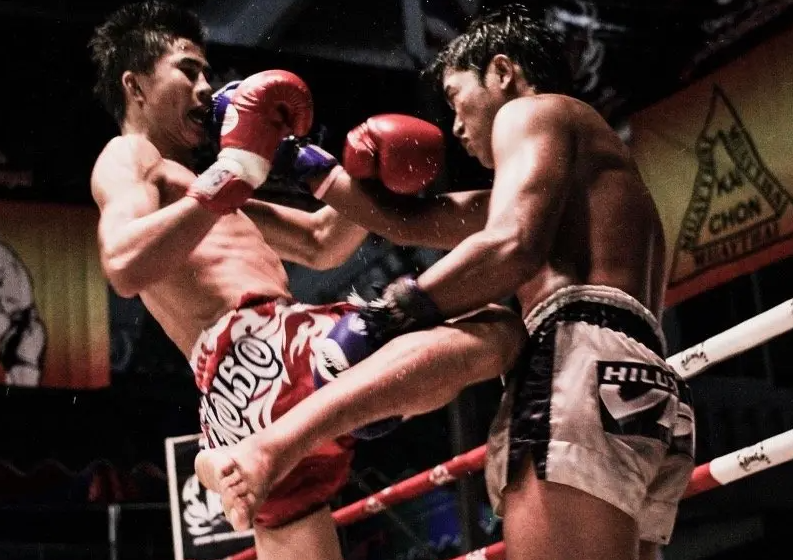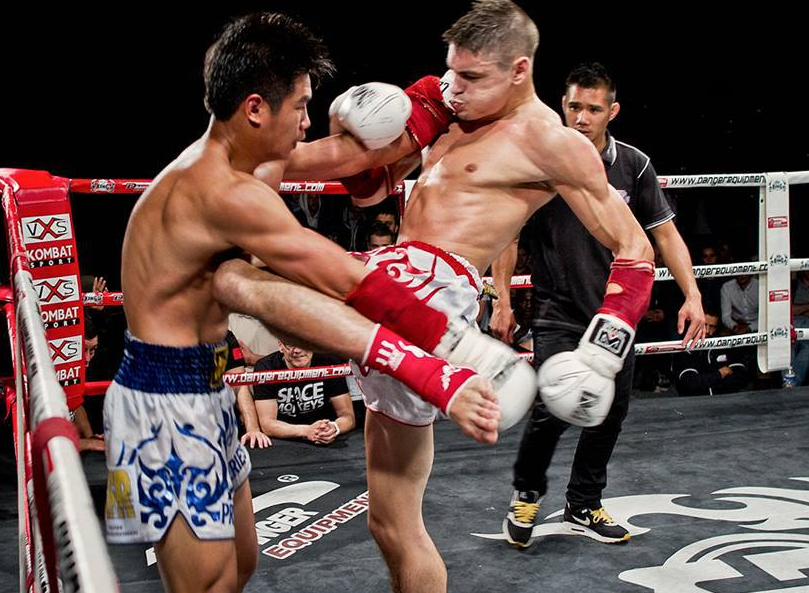Muay Thai Knowledge
Muay Thai Knee Strikes: A Comprehensive Guide
Overview of Muay Thai Knee Strikes
History of Knee Strikes in Muay Thai
Muay Thai, with its rich history dating back centuries, has evolved to include various techniques that are now fundamental to the sport. Knee strikes, in particular, have been a staple, used by ancient warriors to inflict damage on opponents at close range.
Importance of Knee Strikes in Muay Thai
Knee strikes are integral to Muay Thai for several reasons. They are powerful tools in the clinch, can be used to break through an opponent’s defense, and provide a way to deliver significant damage with relatively short movements.
Basic Knee Strikes
Straight Knee
The straight knee is one of the most fundamental and commonly used knee strikes in Muay Thai. It involves thrusting the knee forward in a straight line towards the opponent.
Execution:
- Stand in your fighting stance.
- Lift your knee, driving it straight forward while thrusting your hips.
- Aim for the opponent’s midsection or ribs.
Diagonal Knee
The diagonal knee is similar to the straight knee but is delivered at an angle, targeting the opponent’s sides or solar plexus.
Execution:
- From your stance, lift your knee at an angle.
- Thrust it diagonally upwards towards the opponent.
- Rotate your hips to add power.
Advanced Knee Techniques
Curved Knee
The curved knee, or round knee, is a more advanced technique that involves swinging the knee in a circular motion to strike the opponent.
Execution:
- From the clinch, pivot on your supporting foot.
- Swing your knee in a curved motion towards the opponent’s side.
- Use your arms to control the opponent’s position.
Jumping Knee
The jumping knee is a powerful and dynamic strike that involves leaping off the ground to deliver a knee strike to the opponent’s upper body or head.
Execution:
- Bend your knees slightly to prepare for the jump.
- Explode upwards, driving your knee towards the target.
- Use your arms for balance and added momentum.
Defensive Knee Strikes
Counter-Knee Techniques
Defensive knee strikes are essential for countering an opponent’s attacks. These techniques often involve using the knee to intercept or deflect incoming strikes.
Execution:
- Read your opponent’s movements.
- Use quick, sharp knee strikes to counter punches or kicks.
- Maintain balance and readiness to follow up with offensive moves.
Training Knee Strikes
Drills
Effective training drills are crucial for developing powerful and precise knee strikes. Some common drills include:
- Pad work with a partner.
- Heavy bag training to build power.
- Shadowboxing to perfect form and technique.
Equipment
Using the right equipment is essential for safe and effective training. Commonly used gear includes:
- Muay Thai pads.
- Heavy bags.
- Knee pads for protection.
Conditioning
Conditioning exercises help build the strength and endurance needed for powerful knee strikes. Focus on:
- Plyometric exercises.
- Core strengthening workouts.
- Flexibility training.

Common Mistakes
Execution Errors
One of the most common mistakes is improper execution. Ensure your form is correct by:
- Keeping your back straight.
- Using your hips to generate power.
- Aiming accurately.
Timing Issues
Timing is crucial in Muay Thai. Avoid telegraphing your strikes and work on:
- Speed drills.
- Reaction time exercises.
Balance Problems
Maintaining balance is essential for effective knee strikes. Improve your balance by:
- Practicing on one leg.
- Engaging in stability exercises.
Applications in Fighting
Close-Range Combat
Knee strikes are highly effective in close-range combat. Use them to:
- Break an opponent’s guard.
- Create openings for other strikes.
Clinch Work
The clinch is a key aspect of Muay Thai where knee strikes are most frequently utilized. Focus on:
- Controlling the opponent’s posture.
- Delivering quick, repetitive knee strikes.
Health Benefits of Knee Strikes
Fitness
Incorporating knee strikes into your training routine can significantly improve overall fitness. Benefits include:
- Enhanced cardiovascular health.
- Increased muscle endurance.
Flexibility
Regular practice of knee strikes helps improve flexibility, particularly in the hips and legs.
Strength
Knee strikes require significant strength, particularly in the lower body. Benefits include:
- Stronger leg muscles.
- Improved core stability.
FAQs
What are the key benefits of learning Muay Thai knee strikes? Learning Muay Thai knee strikes improves overall fitness, enhances self-defense skills, and boosts confidence.
How often should I practice knee strikes? Regular practice, ideally 3-4 times a week, helps build proficiency and power in knee strikes.
Can knee strikes cause injury? Yes, improper execution can lead to injuries. It’s essential to practice with proper technique and under supervision.
Are knee strikes allowed in all combat sports? Knee strikes are permitted in Muay Thai and MMA but are restricted in some other martial arts and combat sports.
What is the best way to defend against knee strikes? Effective defense involves maintaining distance, using blocks, and employing counter-strikes.
Can knee strikes be used for self-defense? Absolutely. Knee strikes are highly effective in close-quarters self-defense situations.
Conclusion
Muay Thai knee strikes are a vital component of the sport, offering a powerful means of attack and defense. By mastering various knee strike techniques, from basic to advanced, practitioners can enhance their effectiveness in both training and combat. Regular practice, proper conditioning, and understanding the applications of these techniques will ensure that you can leverage the full power of Muay Thai knee strikes.

